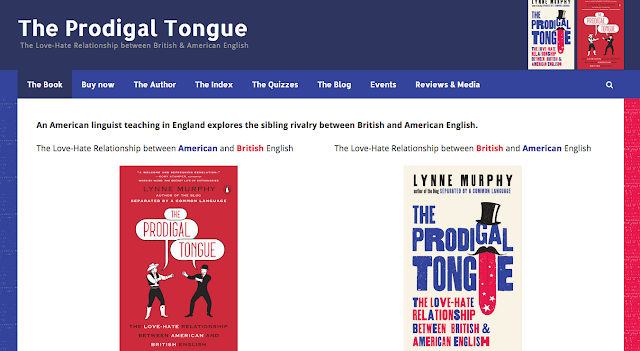But the AmE frosting = BrE icing equation is one of those things that is more complicated than one might assume. That's because icing is AmE too--it just refers to something more specific (at least for me and some others, as we'll see below). To illustrate, here are the ingredients lists (though I have abbreviated the measurements) from two recipes in my Better Homes and Gardens Cookbook.
| Creamy White Frosting | Powdered Sugar Icing |
| 1 cup shortening 1.5 tsp vanilla .5 tsp lemon extract 4.5 to 4.75 cups sifted powdered sugar 3 to 4 Tbsp milk | 1 cup powdered sugar .25 tsp vanilla Milk |
First thing to note is powdered sugar, which is also called confectioner's sugar in AmE, but is called icing sugar in BrE. (I'd say powdered if it were on a doughnut, but confectioner's if I were using it in a recipe. According to the British Sugar website, powdered sugar is not as fine as icing sugar.) Second thing to notice is that the frosting recipe has a big hunk of fat in it (butter is usually used, cream cheese is another option), and the icing recipe doesn't. Now, I do not claim that this is always the case in every AmE speaker's use of icing and frosting, but it is the distinction the (orig. AmE) cookbook (BrE cookery book) seems to make, as neither of the icing recipes has any fat other than some in the milk. Without investigating the recipe, I can tell the difference between frosting and icing (in my dialect, at least) in that frosting (due to its fat content, no doubt) isn't hard or smooth. A glaze would have to be an icing, not a frosting. The UK also has a hard kind called royal icing and makes much more use than US of soft, roll-out fondant icing—all of which would be frosting in my dialect.
CakeSpy has an excellent article on the topic in which they take issue with the many (even expert) claims out there that frosting = icing. Here's an excerpt--remember, this is referring to American English:
This idea is backed up in a Williams-Sonoma release simply entitled Cakes, in which it is noted that icing is "used to coat and/ or fill a cake...similar to a frosting, and the terms are frequently used interchangeably"...but ultimately "an icing is generally thinner and glossier" than frosting, which is "a thick, fluffy mixture, such as buttercream, used to coat the outside of a cake." Of course, the book even goes on to even differentiate a glaze from the two as being "thinner than either a frosting or an icing"...which makes the slope all the more slippery--but does further define the difference between these sweet toppings.
I think that frosting the word is making its way into BrE because frosting the (fatty) thing is making its way in too. The standard cake topping in AmE is a buttercream frosting--but not so in BrE, where one of the most 'classic' cakes, the Victoria sponge, has jam and whipped cream in the cent{er/re}, but just some sugar on top. Christmas cake has royal icing, which is made with egg whites. The UK has taken to many American treats in recent years, such as the (orig. AmE) cupcake (click on the link if you want to bemoan the fate of the (BrE) fairy cake) and cream cheese frosting on carrot cake. I think that the more frequent use of frosting on these shores reflects an appreciation that it's a different kind of thing from icing, and therefore deserves a different name.
Before I go (to bed), a few items of 'any other business':
- I'm finally making use of my Twitter account (lynneguist), which I'm going to use for linguisticky/cultury kinds of reflections/observations/incidents (saving the other stuff for Facebook). Having followers means something much more mundane these days than it did a decade ago, doesn't it? At any rate, you're welcome to become one...
- My tweets today were about the fact that I was on (AmE) tv/(BrE) the telly--BBC One, no less--for a few minutes in the context of an hour-long documentary on Scrabble. If you're in the UK and interested, it's one of the better representations of Scrabble on the screen and can be seen on BBC iPlayer for the next week. (Of course I have my quibbles, particularly that they couldn't spell my name right. Sigh. But it was possible for even Scrabble scenesters to learn something from the international perspective in this one.) Rest of World readers, I'm afraid the site won't let you watch, as you don't pay into the BBC pot. (When are they going to stop linking (BrE) Television Licences to television ownership, I wonder?)
- A sweet side note on Grover's linguistic development: She's a big fan of Cookie Monster, and sings 'C is for Cookie' with gay abandon, but it only struck me the other day how English my little girl is. She helped me cut out Christmas cookies, and when they were baked was eager to have one. She took her first bite and said with wonder '(BrE) Biscuit!' I don't know what she thought cookies were before this point, but now she's able to translate it into her own dialect. (Second birthday coming up in four days--wayhey!)
- Merry/happy Christmas!




















